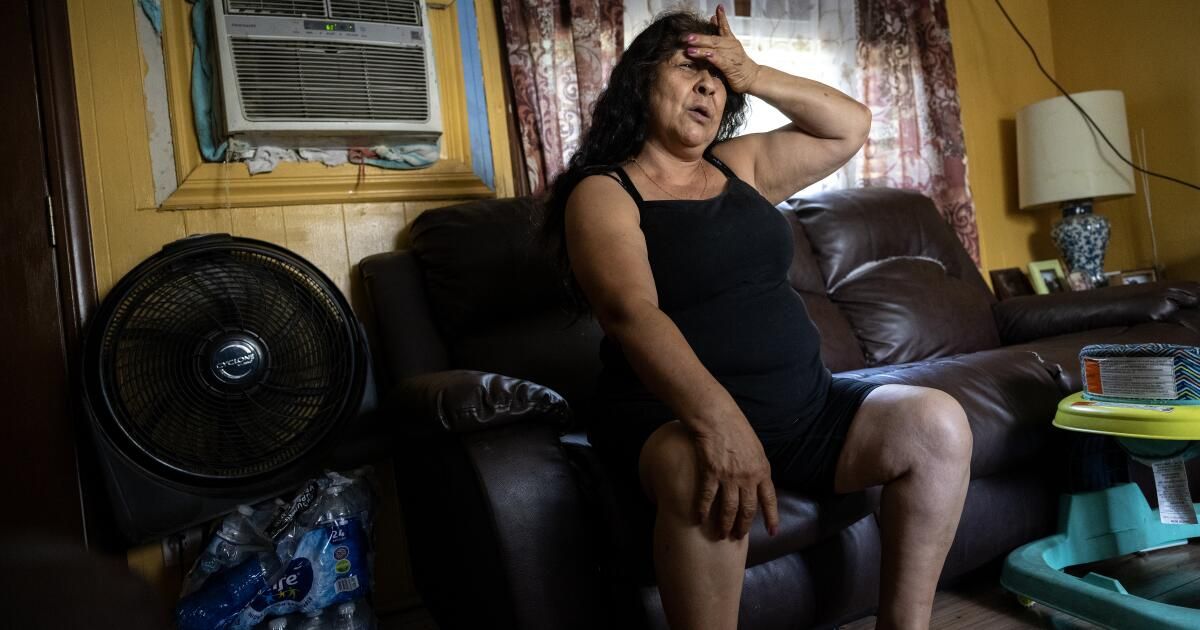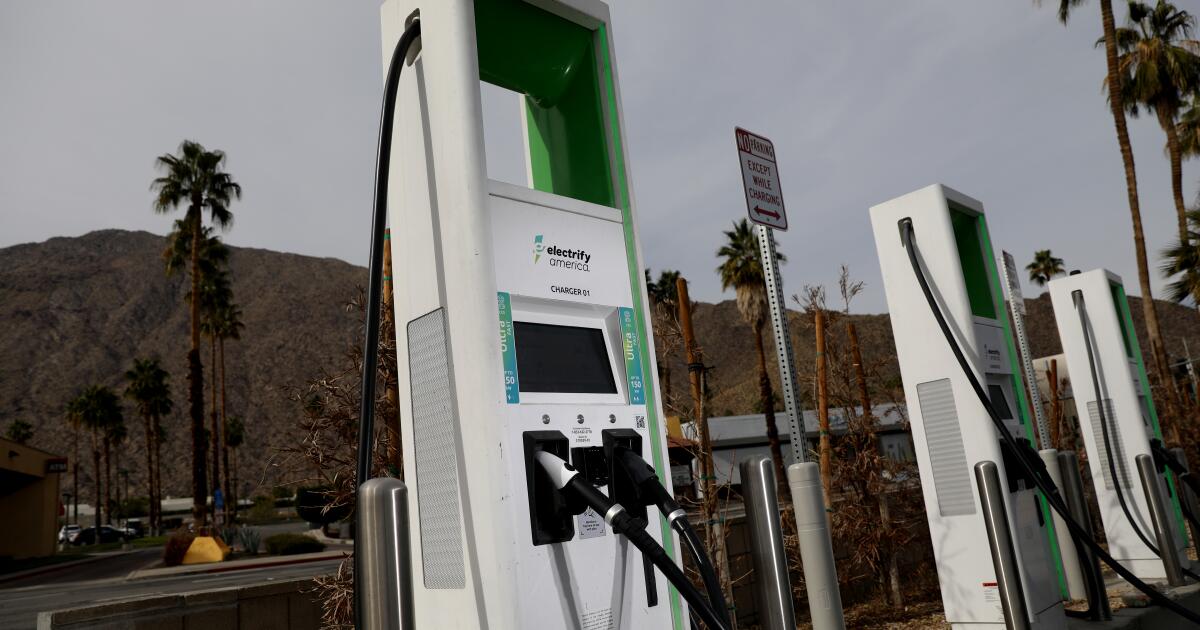Whether you rent or own in California, your home must have a functional heating system capable of maintaining temperatures of at least 70 degrees.
But cooling equipment isn't necessary to keep your home from getting dangerously hot. Landlords are not required to provide air conditioners, swamp refrigerators, or anything to keep rental units safe for occupants during heat waves.
This might have been understandable decades ago. But it is unacceptable now that greenhouse gas pollution has raised average temperatures more than two degrees higher than in the 1950s, causing more frequent, dangerous and unprecedented heat waves and a rising number of deaths.
Cities and counties across the country, including Houston, Dallas, Phoenix, Portland, Oregon, and Clark County, Nevada, have already established indoor temperature limits or cooling requirements of some kind. Countries like the United Kingdom, Germany and Japan also have them. Los Angeles County is developing its own maximum temperature standards.
But California's policies have not changed to reflect our new reality.
In 2022, lawmakers failed to advance legislation to set maximum indoor temperature standards for residential units. Instead they passed diluted language which directed the Department of Housing and Community Development to come up with recommendations for maximum indoor air temperatures that ensure homes are safe for residents and submit them to the Legislature later this year.
Earlier this month, the department released a disappointingly narrow report. draft of their recommendations, which suggest a maximum safe indoor air temperature of 82 degrees, but only for newly constructed residential units. While it would apply to rented and owner-occupied housing, it would exclude more than 14 million existing housing units where the vast majority of Californians live, millions of them without air conditioning. That standard is weaker than a previous draftin April, which proposed adopting an 82-degree temperature limit and did not exclude existing homes.
Is this really the best California officials can do?
Including existing units in state temperature limits is essential. California only builds about 100,000 new homes each year, and most likely already include air conditioning anyway. Leaving aside existing homes may please homeowners, who have opposed cooling equipment installation requirements because of costs. But it would defeat the purpose of the rule, which is to save lives and protect the most vulnerable communities, whose less shaded neighborhoods and older, less isolated homes magnify your risks from extreme heat.
Instead of setting a temperature limit, the department makes other suggestions for existing units, such as policies to ensure that tenants at high risk for heat-related illnesses have the right to add cooling equipment and can afford to operate it. . The document also encourages the installation of window coverings, shade trees, insulation, solar-reflective roofs and “broader adoption of fans,” which it highlights as a cheaper and more energy-efficient alternative to air conditioning because installing a fan costs around $400. ceiling fan compared to $550 for a window air conditioning unit.
Housing, environmental and climate justice advocates have pressured the housing department not to limit its recommendations to construction standards for new construction. The fact that homeowners may incur hundreds or even thousands of dollars in costs to retrofit their units is no reason to shy away from meaningful standards to protect people who find themselves in unsafe conditions in their own homes. Instead, the state should offer solutions, such as financial assistance to help landlords manage the costs of installing air conditioners for their tenants.
Extreme heat is the deadliest climate hazard and killed about 3,900 Californians between 2010 and 2019, a Times analysis found. state health officials counted 395 deaths during a single 10-day heat wave in 2022. And scientists project that if the pace of global warming continues, by mid-century, 11,300 Californians could die each year from heat-related causes.
Statewide rules are needed because extreme heat is increasingly putting Californians at risk, and not just in inland areas. People in California's historically temperate coastal regions are especially susceptible during heat waves, because they are not used to such high temperatures and are less likely to have air conditioning in their homes, and would be among the areas that would benefit most from the cooling requirements.
Kyle Krause, deputy director of Codes and Standards for Housing and Community Development, said the indoor cooling recommendations are not final and can still be modified before being sent to the Legislature. Good. They should be revised to make clear to lawmakers and regulators that it is time for California's health and safety protections to change with the climate. No one should be exposed to life-threatening heat inside their home, regardless of their zip code or housing type.











